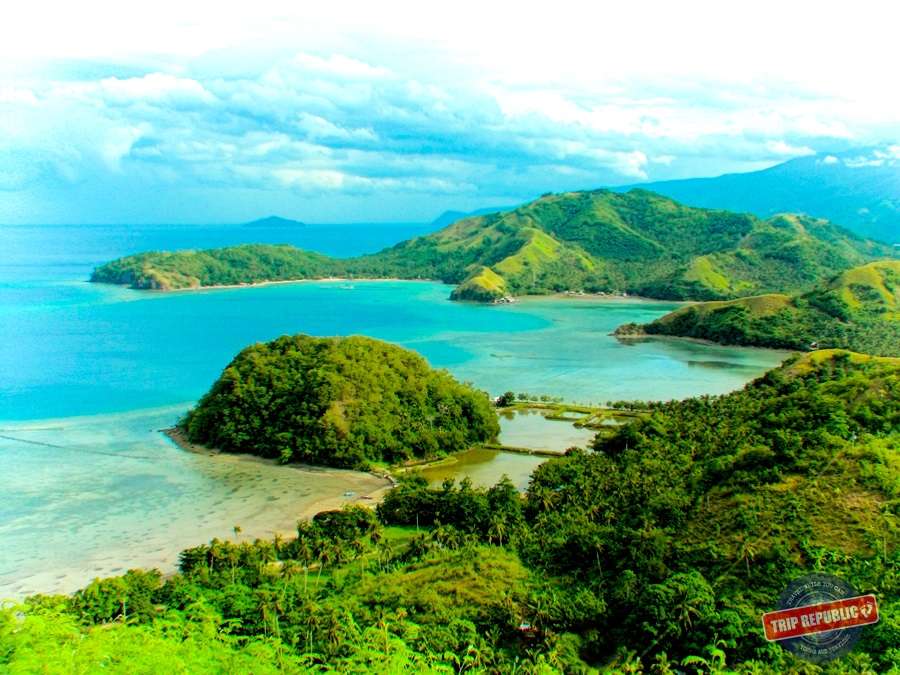

Davao Oriental, officially the Province of Davao Oriental, is a province in the Philippines located in the Davao Region in Mindanao. Its capital is the city of Mati, and it borders the province of Davao de Oro to the west, and Agusan del Sur and Surigao del Sur to the north. The province is the traditional homeland of the Mandaya and Kalagan/Kaagan.
Davao Oriental is the easternmost province in the country with Pusan Point in the municipality of Caraga as the easternmost location. The Philippine Sea, part of the Pacific Ocean, faces Davao Oriental to the east. Part of the province lies on an unnamed peninsula that encloses Davao Gulf to the west.
The province is the top producer of coconut and copra in the country, earning the province the title Coconut Capital of the Philippines. It is also home to Mount Hamiguitan Wildlife Sanctuary, a UNESCO World Heritage Site.
The name of the province was derived from the word, Dabaw, of which the center was west of the province.
On March 20, 2018, Davao Oriental signed a memorandum of understanding (MOU) with Pionaire Finance Limited, a Hong Kong-based foreign firm for a $27-billion industrial park.
The present territory of Davao Oriental was covered by the historical region of Caraga, which was under the Sultanate of Maguindanao.
The Spaniards established a permanent settlement in the region in 1591, and in 1844, the area was ceded by the Sultanate to Spain. An expedition was sent by the colonial government in Manila in 1847 to control the region, led by the Spaniard Jose Oyanguren, who settled in the town of Davao and organized the surrounding areas into the province of Nueva Guipozcoa in 1849. The province existed until 1858, when the politico-military commandancias of Davao and Bislig were created in its place. Bislig was incorporated into the District of Davao two years later.
In 1903, the colonial American government created the Moro Province comprising several districts, one of which was Davao. The Moro province was converted in 1914 into the Department of Mindanao and Sulu, and its component districts were made into independent provinces.
In 1942, the territory of what is now Davao Oriental was occupied by the Japanese Imperial forces.
In 1945, the Battle of Davao began with the combined forces of the British, Australian, Dutch and the Filipino troops of the 6th, 101st, 102nd, 103rd, 104th, 106th, 107th and 110th Infantry Division of the Philippine Commonwealth Army and 10th Infantry Regiment of the Philippine Constabulary being supported by Davaoeño guerrilla fighter units in attacking Japanese Imperial forces during the liberation in Eastern Davao or Eastern Davao Campaign until the end of the Second World War.
On May 8, 1967, through Republic Act No. 4867, the province of Davao was divided into three independent provinces, one of which was Davao Oriental.